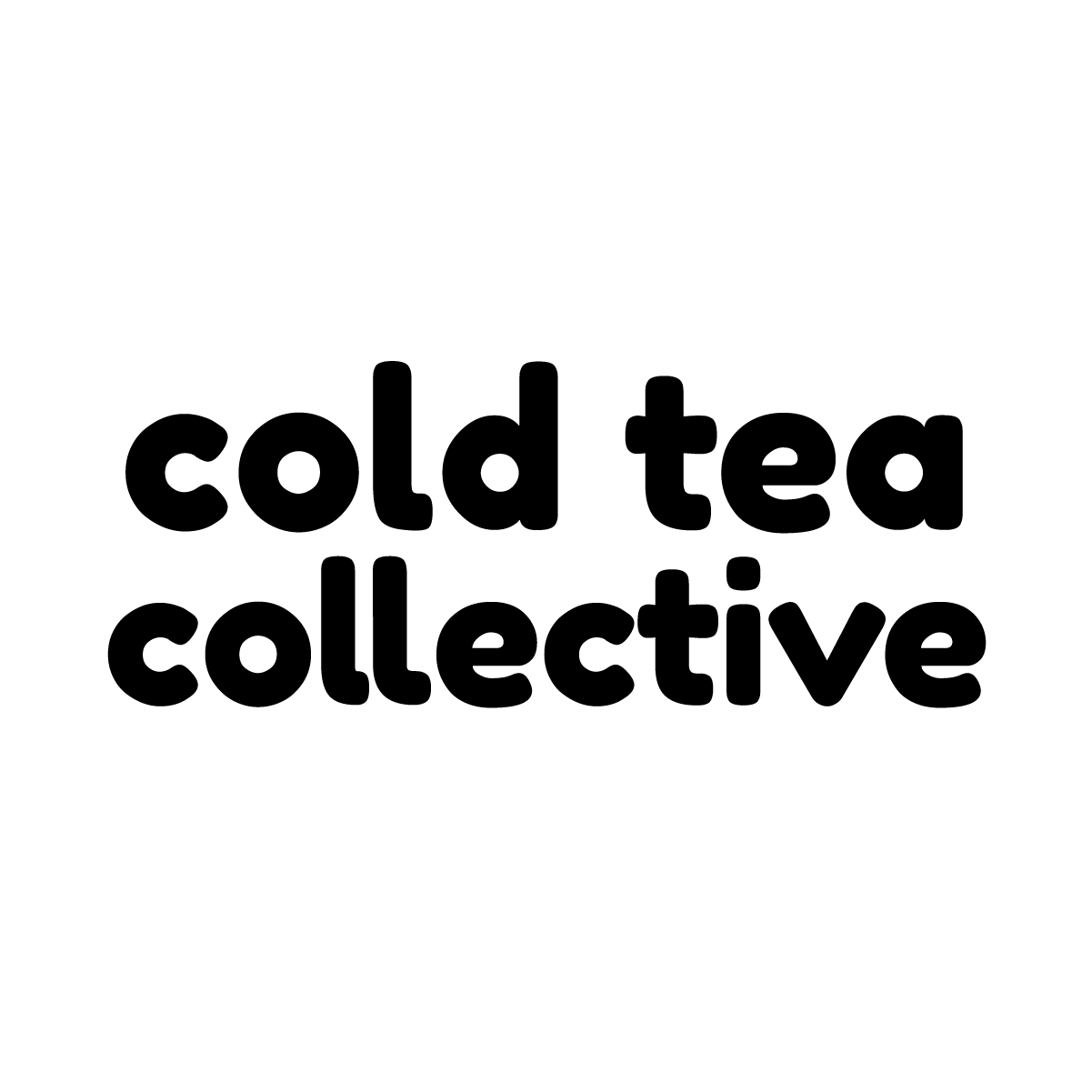Celebrating Lunar New Year around the world
This year, the Lunar New Year begins on February 1st, ushering in the Year of the Tiger. Globally, different Asian cultures have unique customs and rituals to commemorate this time of the year.
China, Vietnam, and South Korea all celebrate this as a national holiday, so it’s not surprising that the festivities are often grand.
Let’s “travel” to Asia to see how each country is celebrating lunar new year around the world.
China
Chinese New Year, also known as Chūn Jié or Guò Nián (“surviving the Nian”), is one of the biggest and important holidays in China.
During this time, Lion and dragon dance performances are incredibly popular. Festive red decor can also be seen everywhere in the form of red lanterns or red couplets to ward off the mythical creature Nian.
Relatives give hóng bāo (red envelopes) to children and well wishes of good fortune and health are exchanged. But most importantly, it’s a time for families to come together to celebrate and enjoy a feast with their loved ones.
Vietnam
In Vietnam, the Lunar New Year is called Tết (the short form of “Tết Nguyén Dàn”) which means “feast for the first morning.”
Similar to Chinese celebrations, it’s a time for families to gather together, pay respect to ancestors, and celebrate the start of spring.
Yellow apricot flowers (“hoa mai”) are important symbols that often fill homes during the lunar new year – for that reason, they are often fast-selling items (and expensive!).
Also, foods that are often enjoyed as a feast include sticky rice squares (Bánh chưng), red sticky rice (xôi gâc), dried fruits, roasted melon seeds (hạt dưa). These dishes are prepared as an offering to ancestors and enjoyed by family members shortly after the ritual.
Korea “Seolal”
In Korea, the new year is called Seolal.
Families gather together and children do a traditional bow to their elders to wish them another year of longevity, health, or good fortune. In return, elders give them 복(福) which are small cash gifts in money pockets (the colourful version of red envelopes).
Ddukguk (rice cake soup) is a staple dish that is served during this time, and prepared as an offering to ancestors.
In the past, families used to prepare feasts in advance for this event, but more and more families are eating out.
People are prioritizing spending time with family rather than spending days preparing to uphold decorum.
More celebrations!
In addition to China, Vietnam, and Korea there are other countries that celebrate the Lunar New Year with similar variations and their own unique set of traditions.
Singapore, for instance, hosts the annual Chingay Parade.
This is a spectacular street parade that began in 1973 as a way to ring in the Lunar New Year. Since then, it’s evolved into an annual event that showcases “Singapore’s rich and unique multi-ethnic and cosmopolitan cultures.”
Celebrating Together
Across the globe, many Asian countries celebrate a version of the Lunar New Year in their own way.
Red decor and grand spectacles aside, there is one defining aspect that remains unchanged.

It’s a time to connect with family.
Happy Lunar New Year!
Read more: Fortune, food and family, a millennial’s guide to the lunar new year.
cover photo credit: Photo by Lalitphat Phunchuang on Unsplash






